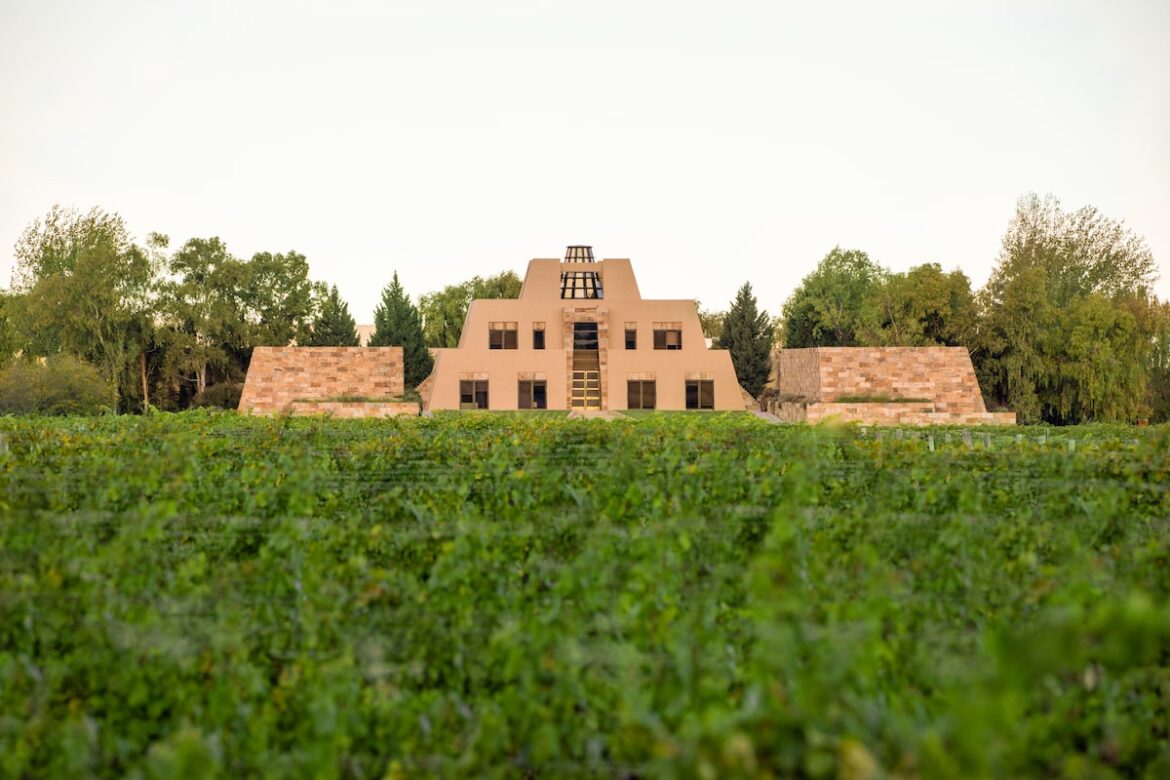Open this photo in gallery:
Bodega Catena Zapata in Mendoza, Argentina, celebrated its 120th anniversary last year.Catena Zapata/Supplied
Laura Catena travels the world to pour the latest releases of stylish chardonnays and robust cabernets and malbecs from her family’s winery in Mendoza, Argentina. An energetic ambassador and frequent visitor to Canada, the fourth-generation winemaker arrived with a different agenda this week: to show how her wines can age as well as treasured bottles from Bordeaux or Burgundy.
“I was once called a hypocrite for talking about the age-worthy nature of our wines without having older bottles to taste,” Catena explained Tuesday before a tasting in Toronto of rare wines brought from Bodega Catena Zapata that included a 1994 cabernet sauvignon, a 2000 malbec and a 2001 chardonnay.
Open this photo in gallery:
Laura Catena joined her father Nicolás Catena Zapata in the winery in 1995.Catena Zapata/Supplied
The nine-wine lineup was an opportunity to taste across vintages, vineyards and varieties, with a range of entry level labels ($20 range) to ultra-premium labels ($100 and above) on display. The range included three chardonnays, three malbecs and three cabernet-based wines, made between 1994 to 2022. “Not many people buy wine to age, but to be among the best wines of the world you have to be able to age, that’s a characteristic of the greatest wines,” says Catena, who joined father Nicolás Catena Zapata in the winery in 1995.
In the wake of the winery’s 120th anniversary last year, Catena has conducted similar tastings in the United States and Europe, but the lack of older wines limits the opportunity. The winery only started to hold back significant volumes of inventory in the 2000s. Before that, she says, “We were happy selling it.”
Like everything in the modern world, opinions on aging wines are evolving. Traditionally, wines made with cabernet and merlot in Bordeaux or nebbiolo in Piedmont (especially the villages of Barolo and Barbaresco in the Langhe hills) require cellaring to display the true complexity and character on offer.
Open this photo in gallery:
The 2005 malbec.Catena Zapata/Supplied
However, even in classic regions, today’s wines are made ready to drink upon release. Warming temperatures, improved farming methods and winemaking innovation help winemakers coax riper, rounder character into their wines. The exquisite ripe fruit character of red wines from Mendoza makes them instantly appealing, which is a significant value to most consumers who buy and drink wine on an as-needed basis.
The Catena family has been instrumental in making the malbec grape a global favourite, so it was gratifying to confirm bottles made in 2000 and 2005 have evolved beautifully. (The Nicolas Catena Zapata Malbec Argentino 2005 displayed delightfully integrated sweet berry fruit and acidity on the palate with leather and savoury notes from bottle age. It still has potential for further aging.)
Likewise, the cabernet sauvignon grape has the genetic make-up – a high concentration of tannins and acidity provide structure and fruit intensity for longevity – for age-worthy wines, so Catena’s specially selected examples showed the right stuff in the glass.
The surprise for many in attendance was the quality of the chardonnays. The browning colour and nutty and toasted caramel notes of the 2001 chardonnay showed a wine past its prime that had endured thanks to bright acidity rather than matured gracefully. But the other examples, the current release of the entry-level label and a 10-year-old single vineyard, showed intriguing richness and freshness, exceptional qualities for drinking now or further aging.
With red wine consumption declining as consumers favour lighter and refreshing styles, Catena says she’s happy to see white wine exports increase. The family’s focus on high-altitude vineyards has led to the creation of energetic and elegant styles of chardonnays that compare favourably with top international examples. “I think their time has come,” she says.


Dining and Cooking